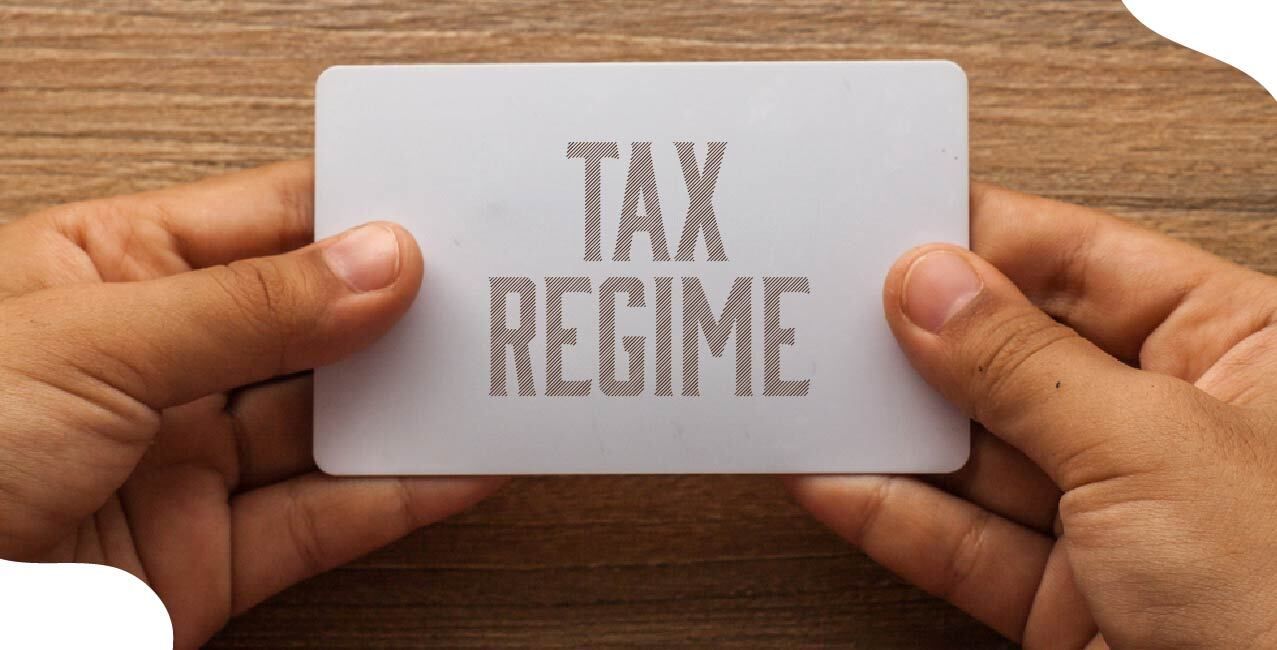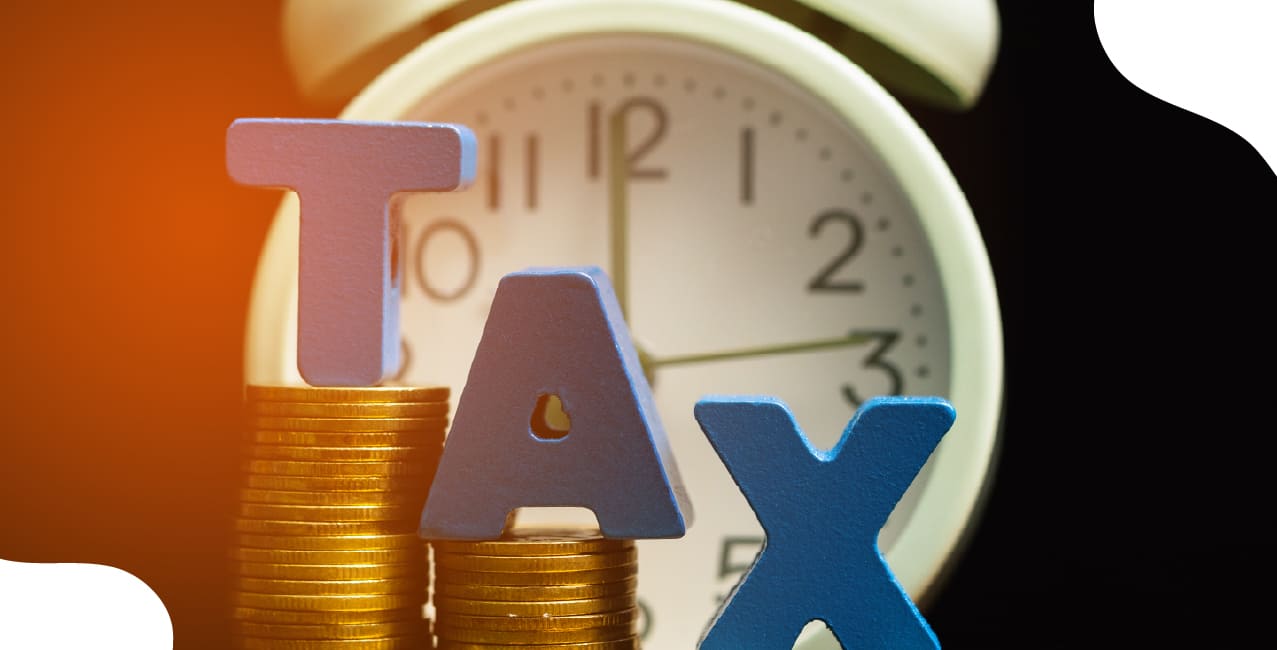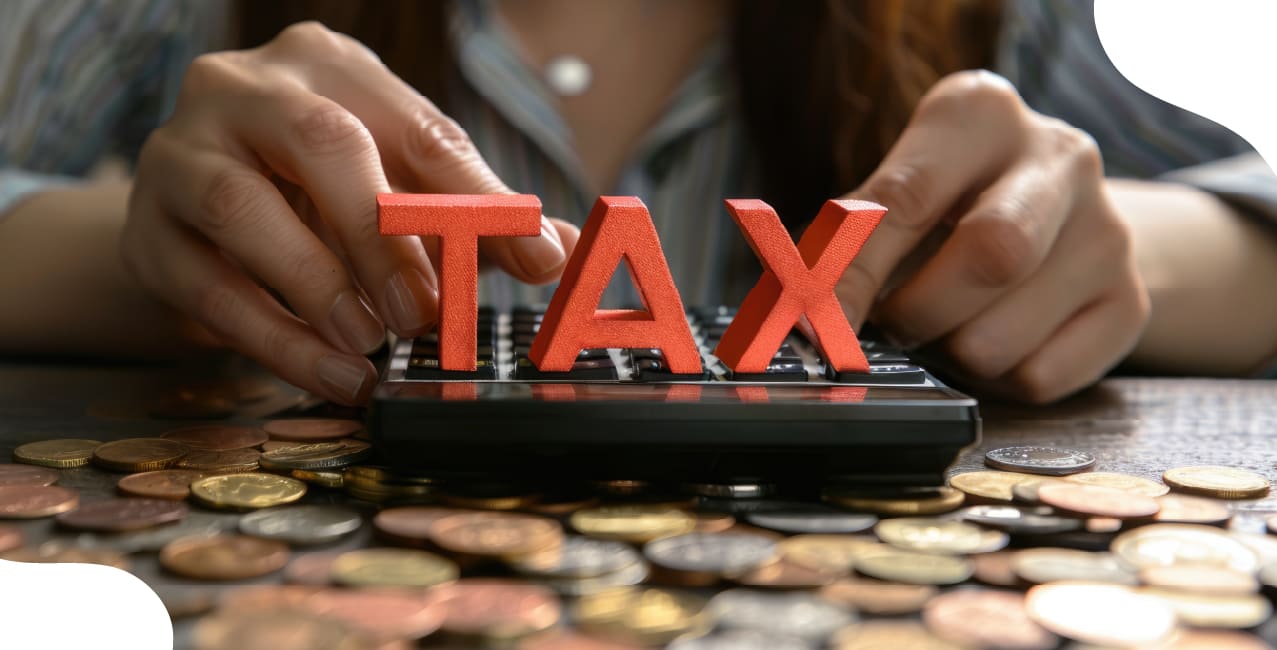
Author
LoansJagat Team
Read Time
5 Min
22 Aug 2025
What Is The New Tax Regime: Slabs, Comparison & Benefits Under Section 115bac
The new tax regime under Section 115BAC is a government-introduced voluntary income tax structure that lowers tax rates while eliminating the majority of deductions and exemptions. It attempts to simplify tax filing while providing taxpayers with the option of using the existing or new methods.
Let’s understand the new tax regime through the story of two salaried friends, Raj and Sameer, who are evaluating their income tax options for the financial year.
Suppose Raj is a salaried professional earning ₹10,00,000 annually and claims deductions for home loan interest, insurance, and PPF. Sameer, earning the same income, does not invest much and prefers fewer compliance steps.
Raj says, “Mujhe maximum tax benefits chahiye, toh main old regime hi choose karunga.”
Sameer replies, “Main toh new regime lunga, kyunki mujhe zyada deductions manage nahi karne padte.”
Let’s explore why they chose differently.
This blog will explore what the new tax regime is, who can benefit, how it differs from the old regime, and what to consider before making a choice.
What is the New Tax Regime Under Section 115BAC?
The new tax regime was introduced to simplify income tax compliance by offering lower tax rates with zero or minimal exemptions and deductions. It is optional and available to individuals and HUFs.
Key Characteristics:
- Lower income tax slabs
- No need to invest in multiple schemes to claim deductions
- Suitable for those without many exemptions or deductions
Key Features of the New Tax Regime
Read More – Smart Tax-Saving Strategies for Salaried Individuals
The new tax structure is simpler, with lower rates but fewer deductions. Here's a brief comparison of its key features:
These aspects make the new regime appealing to taxpayers who value lower rates and simplified compliance over various deductions.
New Tax Regime Slabs (As per FY 2025–26)
The tax slabs under the new regime are structured to reduce the burden on taxpayers who don’t claim major deductions.
Income Tax Slabs (under new regime):
- ₹0 – ₹12,00,000: Nil
- ₹12,00,001 – ₹16,00,000: 15%
- ₹16,00,001 – ₹20,00,000: 20%
- ₹20,00,001 – ₹24,00,000: 25%
- Above ₹24,00,000: 30%
Example Calculation:
If your income is ₹12,00,000 and you choose the new tax regime:
- Tax on income up to ₹12,00,000 = Nil
- Tax payable = ₹0
Comparison: Old Regime vs New Regime
The key difference lies in deductions and tax slabs.
Old Regime: Allows deductions like 80C, 80D, HRA, LTA, and interest on housing loan
New Regime: Offers lower tax rates but removes most deductions and exemptions
Example: Raj invests ₹2,00,000 under Section 80C and pays ₹25,000 premium under 80D. Under the old regime, his taxable income is reduced.
Raj vs Sameer Tax Comparison
To understand the practical differences between the old and new regimes, consider Raj and Sameer's tax liabilities based on the same gross income but different deduction techniques.
Sameer benefits more here, as he has no deductions to claim.
Exemptions and Deductions Not Available in the New Regime
The new regime simplifies taxation by removing several common deductions:
Not allowed under the new regime:
- Section 80C: Investments in PPF, ELSS, LIC
- Section 80D: Medical insurance premiums
- House Rent Allowance (HRA)
Allowed in the new regime (limited):
- Employer contribution to NPS (Section 80CCD(2))
- Deduction for Agniveer Corpus Fund
Deductions Availability in New vs Old Regime
This table shows which deductions are available under each regime:
As can be seen, the new system allows for far less deductions than the old one.
Also Read - What are Direct Tax and Indirect Tax? Differences & Examples
Who Should Choose the New Tax Regime?
The new tax regime is beneficial for those who:
- Don’t claim many deductions
- Prefer simpler tax filing
- They are early in their careers with low investments
Ideal For:
- Freelancers with low fixed expenses
- Salaried individuals not paying rent or insurance
- Individuals not planning to invest in tax-saving schemes
Example: Sameer, 26, is single, lives with his parents, and has no 80C or 80D claims. With no deductions to profit from, the new tax regime's lower rates and simplicity make it more tax-effective for him.
Type of Taxpayer & Suitable Regime
This table highlights which tax regime may suit different types of taxpayers:
Deductions, lifestyle, and income structure all influence which regime is best suited.
Conclusion
Raj and Sameer's experience demonstrates that there are no one-size-fits-all solutions. What is the smartest move? Before filing, compare the numbers for both regimes; you might be surprised to see which one leaves you with more money.
Remember that tax preparation is more than just paying less now; it is about matching your decisions with your long-term financial goals. Whether you're a detail-oriented investor or a "keep-it-simple" earner, the ideal regime is one that works for you, not simply on paper.
Frequently Asked Question on New Tax Regime
- Is interest on self-occupied house loans deductible under the new rules?
No. The new system prohibits you from claiming interest on borrowed capital for self-occupied property. To take advantage of this deduction, you must follow the old tax regime.
- How does the Section 87A rebate function under the current rules?
Taxpayers earning up to ₹7 lakh can now receive a rebate of up to ₹25,000 (100% of tax or ₹25,000, whichever is lesser).
- What is the switching rule for business income taxpayers?
If you are a company taxpayer, you can only opt out of the new regime once in your lifetime; you cannot change regimes on a yearly basis, as salaried persons can.
- Can business owners choose the new regime?
Yes, but once chosen, they cannot switch back easily.
- Is the new tax structure treating NRIs differently?
Yes. The new regime is now the norm for NRIs as well. NRIs can switch annually for non-business income, but for business income, they can only quit the new regime once in their lifetime.
Other Informative Pages | |||
About the Author

LoansJagat Team
‘Simplify Finance for Everyone.’ This is the common goal of our team, as we try to explain any topic with relatable examples. From personal to business finance, managing EMIs to becoming debt-free, we do extensive research on each and every parameter, so you don’t have to. Scroll up and have a look at what 15+ years of experience in the BFSI sector looks like.

Quick Apply Loan
Subscribe Now
Related Blog Post

LoansJagat Team • 22 Sep 2025
_of_Income_Tax_Act.jpg)
LoansJagat Team • 22 Sep 2025

LoansJagat Team • 22 Sep 2025